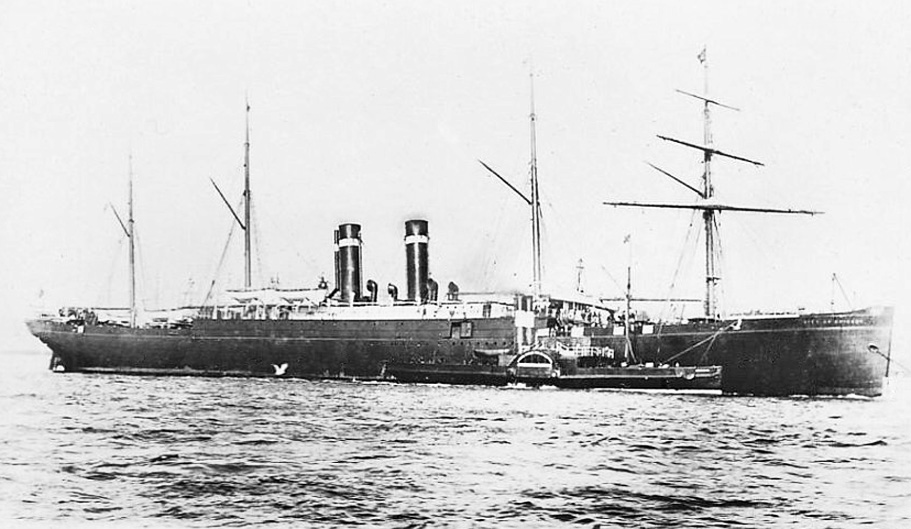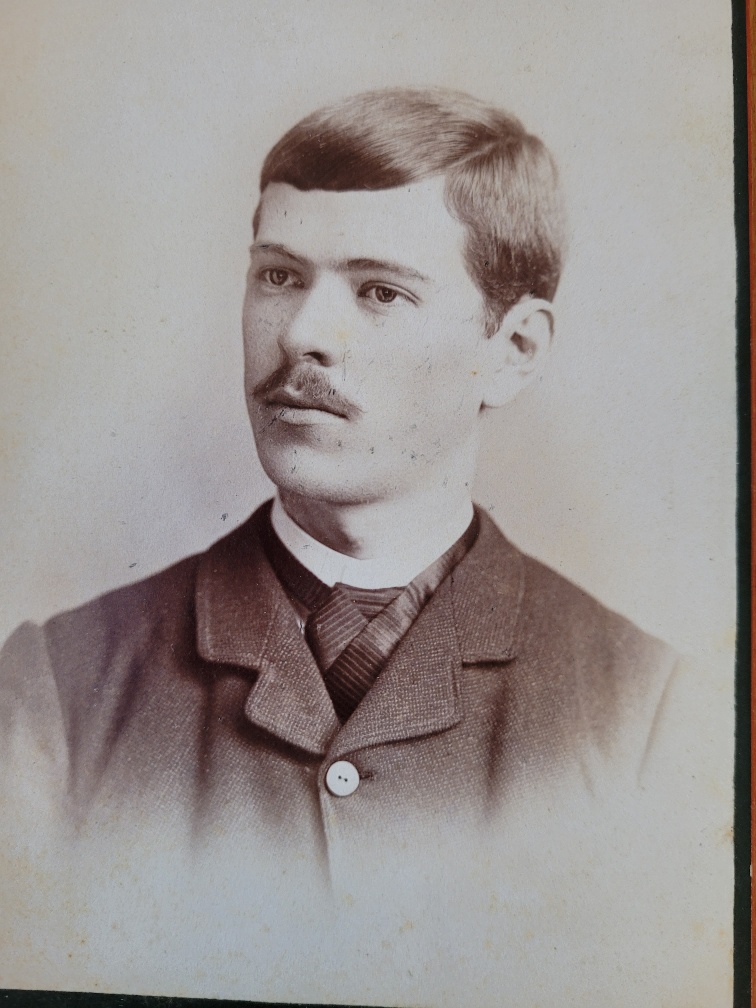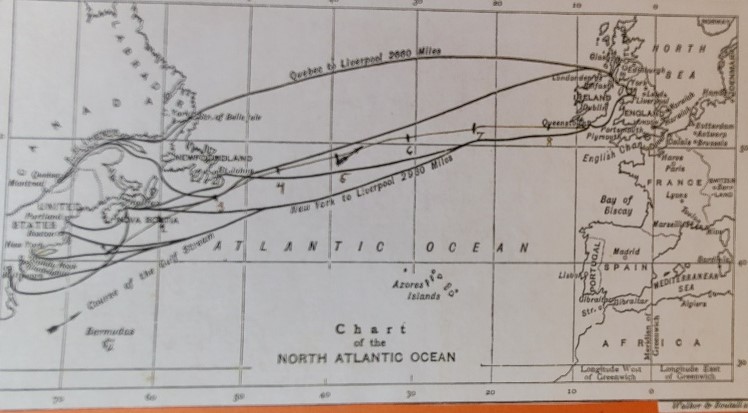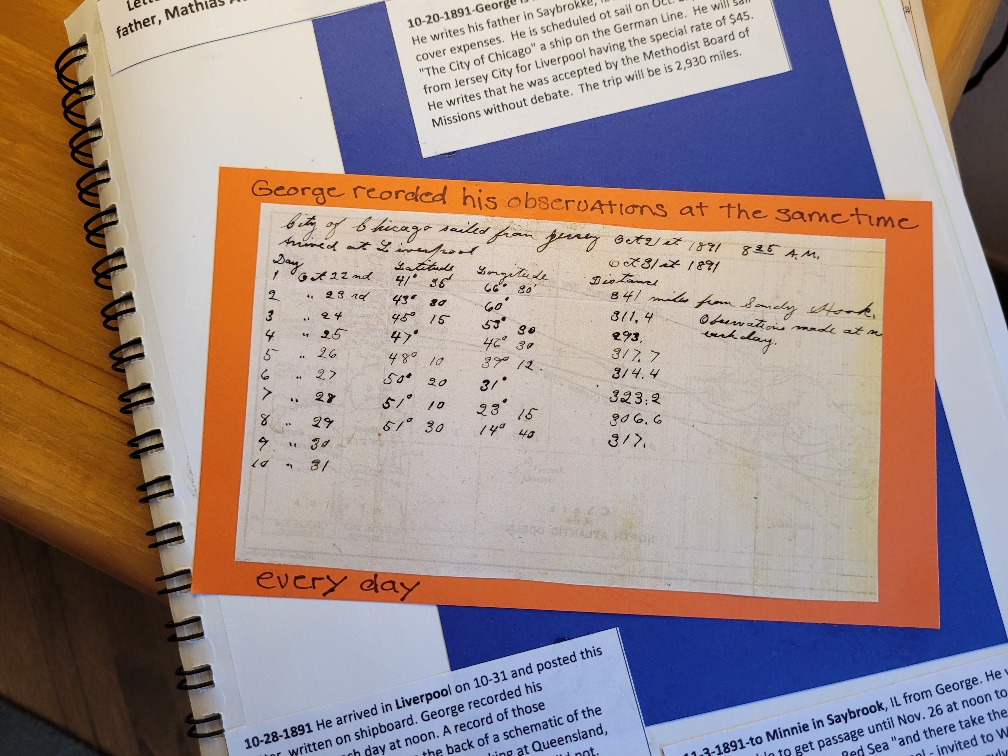George Cavender Hewes, son of Rev. M.A. Hewes, a member of the Illinois Conference of the Methodist Episcopal Church, and Minerva Dunlap Cavender Hewes was born August 1, 1863 in Mendon, Adams County, Illinois. He was the only son and eldest of three children. His early life was spent in the towns and small cities of central Illinois
In the fall of 1879, his father, being appointed to the Urbana charge, he entered the University of Illinois and in June of 1883 graduated with the degree of Bachelor of Science majoring in chemistry.

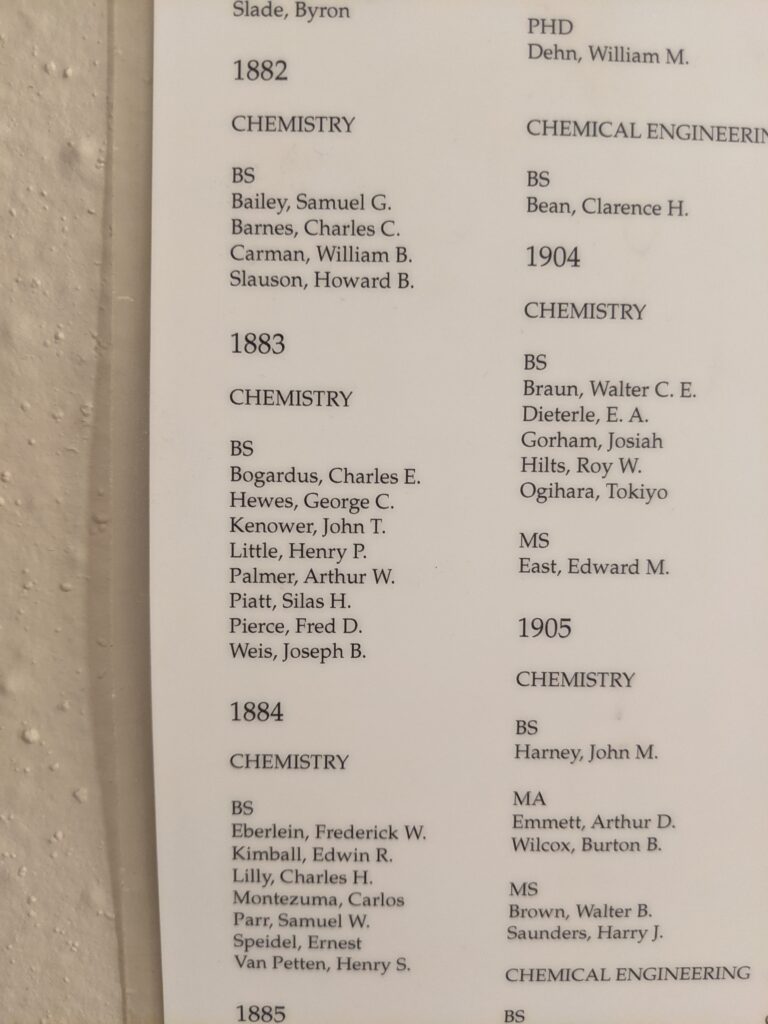
In the fall he taught in a small district school near Farmer City for a short time, and then, having gone to Jacksonville, IL he began to work with a photographer and qualify himself for practical photography, some knowledge and practice of which had been gained at the University of Illinois.
In May 1885 he opened a photographic gallery in the town of Payson, IL.
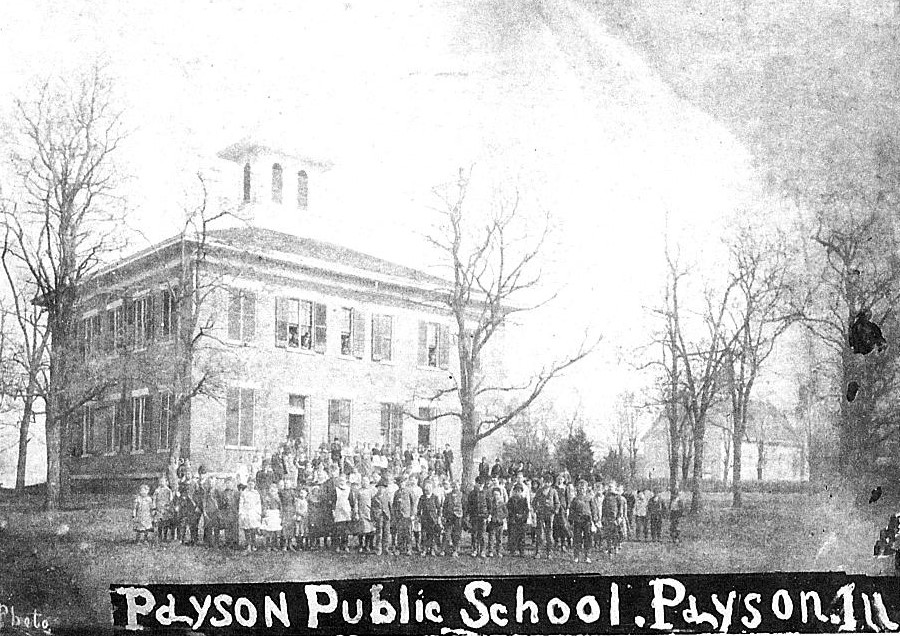
He closed this gallery in September when he was offered the position of Assistant Professor of Chemistry at the University of Illinois. This one year position ended in June 1886 and he resumed his photographic work until March 1887 when he accepted the position of Assistant Chemist in the North Western Fertilizer CO, Chicago. There he did the chemical analytical work of this company.
He tendered his resignation in July of 1888 and gave the following explanation to his son who recorded it as follows. When he was eleven years of age during a series of union revival meetings in Delavan, IL he became concerned for his soul’s salvation and, at the close joined the church. For two or three years he did not find the peace and rest he sought. When about thirteen he had the impression that the Lord would sometime send him to a foreign mission field, though it seemed then that it would be a very hard and disagreeable duty. This impression never left him and he settled it then in his own mind that he would go when sure that God was sending him. He did not tell others of his call. The sense of obligation to obey this call became such a burden that he could not be content in secular business and, though receiving a salary of $60 a month in Chicago where opportunities for advancement were so numerous, yet at the end of July 1888 he resigned from his position effective the following month.
In September 1888 he entered the Theological School of Depauw University, Greencastle IN with the definite idea of preparation for Foreign Mission work. His savings having been exhausted, his father helped for the expenses of the second and third years. When the Student Volunteer Movement reached DePauw University, he at once joined the band.
An effort to send out a University Missionary in 1889 failed, as no one was ready to go. Another effort to found an African Station in 1890 was begun but a representative of the university in the foreign field was desired and in 1891 the graduating classes were canvased and some began to fear another failure. Last of all George, a student at the theological school, was asked if he would go and he agreed.
He had once thought of Africa and had thought more of China, but the committee selected India as the field – a place to which he had scarcely had a thought of going. He felt that God had led so clearly in this that there was no hesitation. It was necessary at that time that someone go to preserve missionary interest in DePauw University.
In September 1891 he was recommended from the Carrollton charge to the Illinois Annual conference and, after being received was transferred to the North India Conference. He sailed from New York in October 1891 via England and reached Lucknow, India on December 9th.
